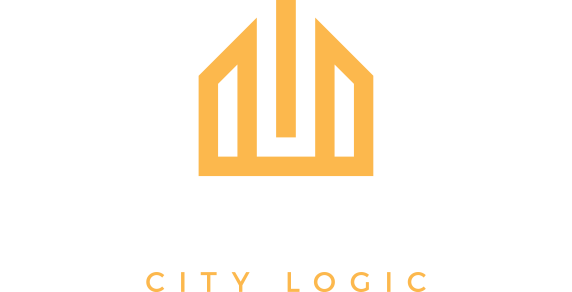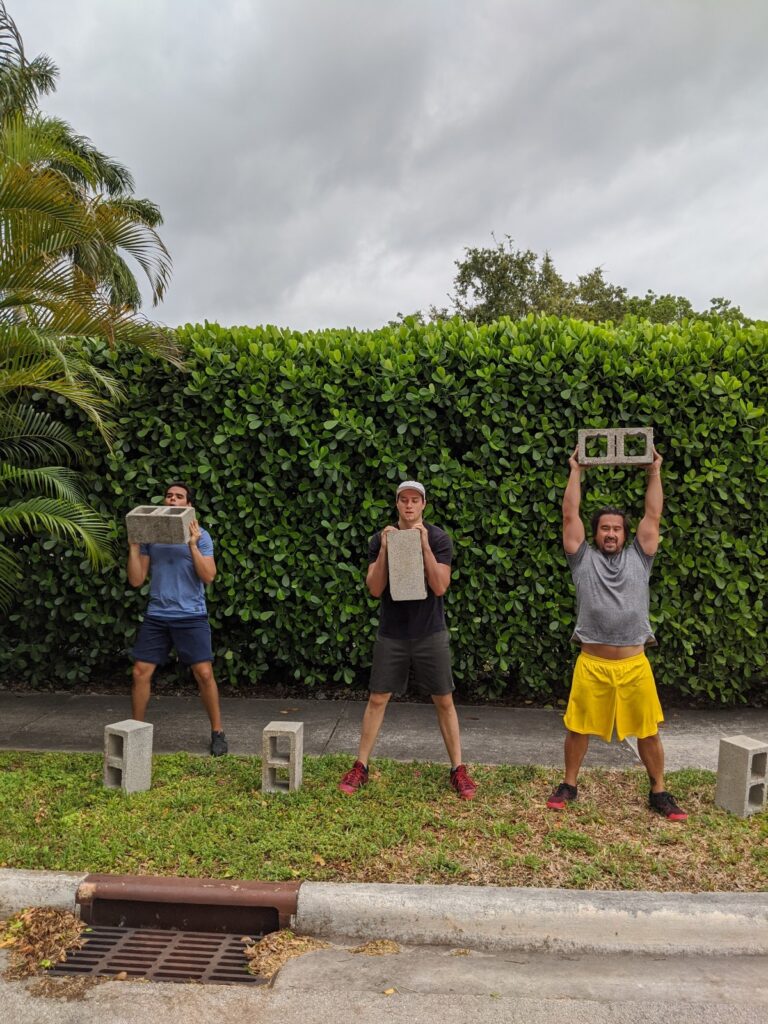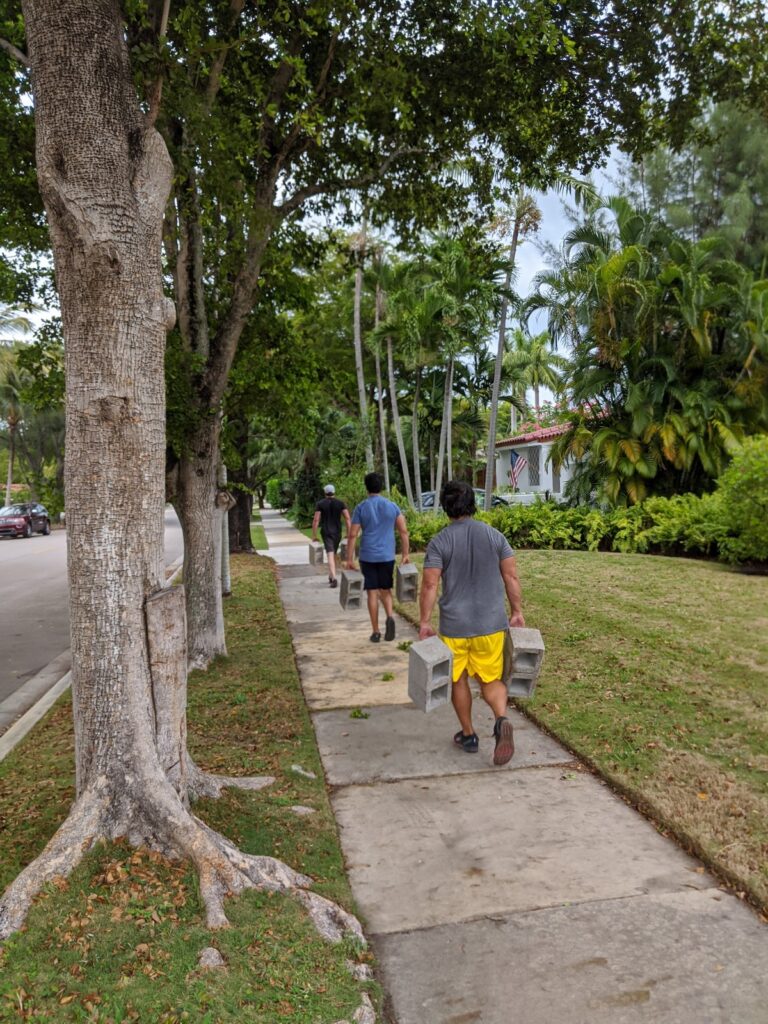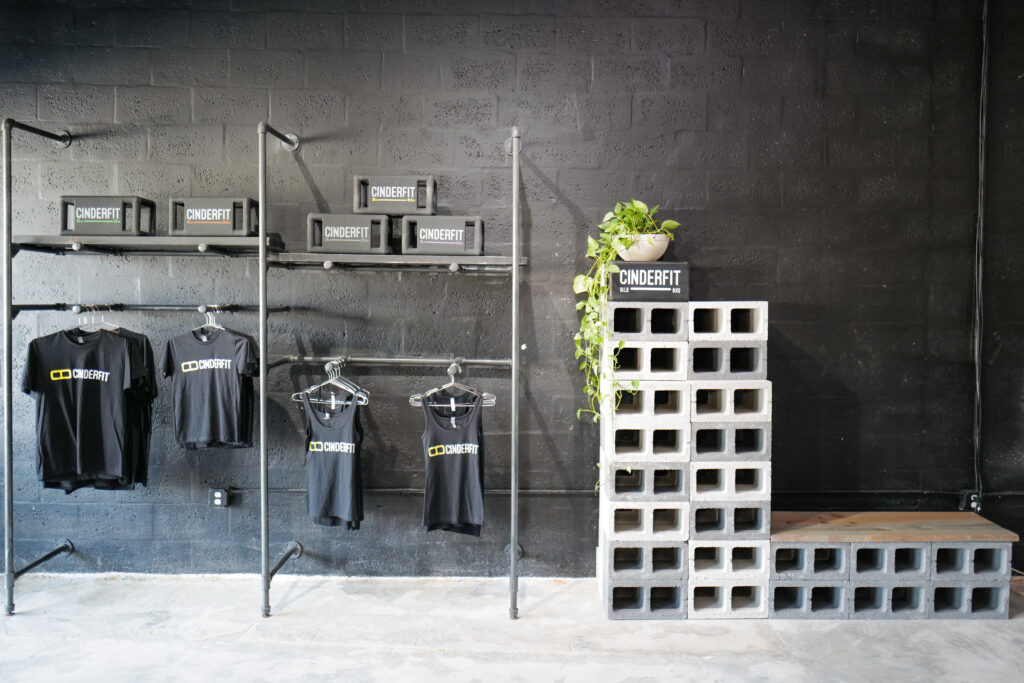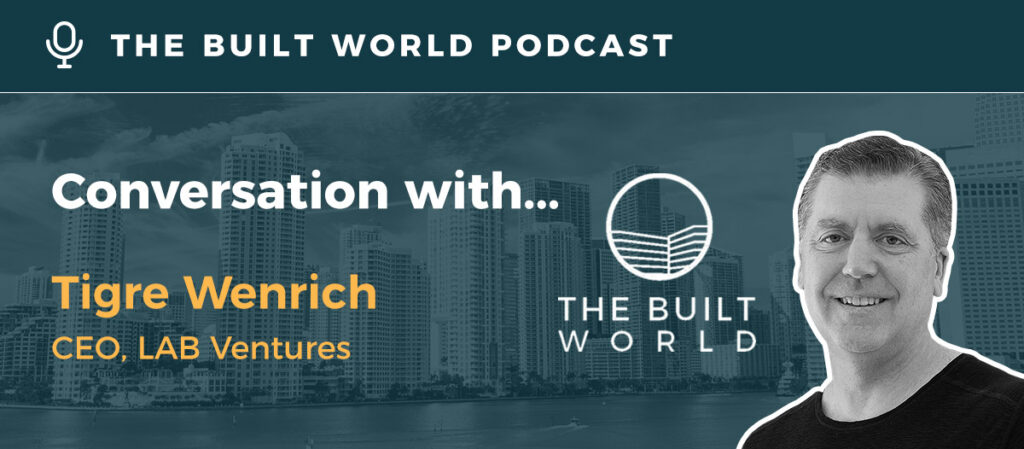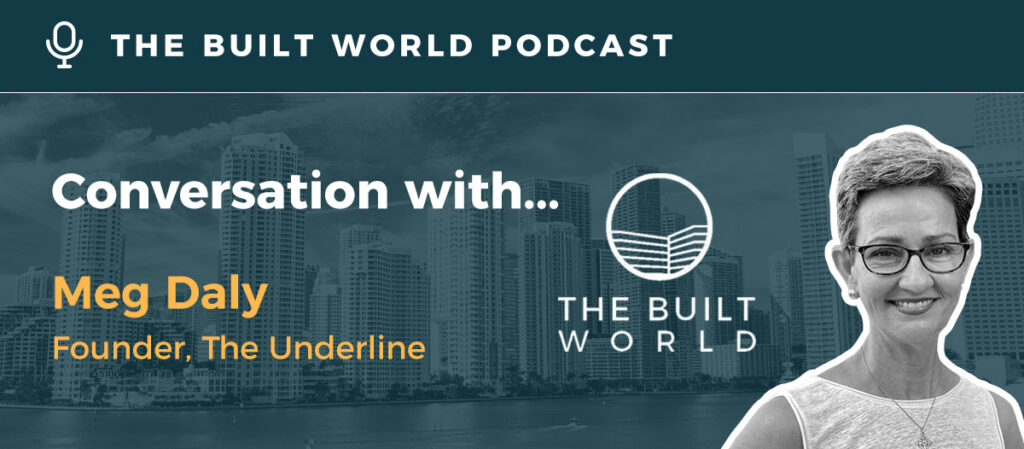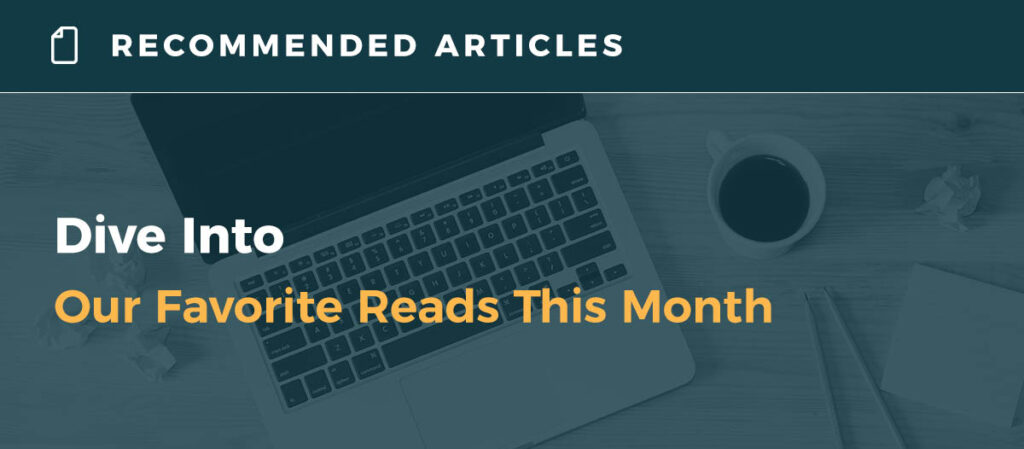
Below are some of our favorite articles from the last two months which will likely resonate with our readers.
Real Estate
Commercial Real Estate Is Seen as an Inflation Hedge, but That Isn’t Always the Case (WSJ) Midtown Manhattan With Fewer Office Workers: Imagining the Unthinkable (WSJ) As Baby Boomers Retire, Developers Bet Urban Senior Living Will Take Off (WSJ) Supply-Chain Chaos Is Great for Warehouse Stocks (WSJ) Home Builders Bypassing Individual Home Buyers for Deep-Pocketed Investors (WSJ ) Wooden Skyscrapers Are on the Rise (WSJ) The American property market is once again looking bubbly from The Economist (WSJ)
Urbanism & Mobility
The Architect Who Mastered Low-Rise, High-Density Housing (Bloomberg) Self-Driving Trucks Start to Propel Land Rush Near Major Cities (WSJ) Your pictures on the theme of ‘urban landscape’ (BBC) Austin Wants Mass Transit, but Infrastructure Law Will Give It Bigger Highway (WSJ) Downtown Need to Change to Survive (The Atlantic) Pedestrians Killed by Drivers Rose 17% in First Half of 2021 (WSJ) How Drones and Robots With A.I. Will Deliver Your Online Order Fast (WSJ) The Next Austin? What Companies Will Look for in a Headquarters City (WSJ)
Entrepreneurship, Management, Leadership & Sales
How to make hybrid work a success from The Economist (The Economist) Six People You Meet in the Pandemic Workplace (WSJ) The New Post-60 Career Paths (WSJ)
Economics
The Roundup: Top Takeaways from Oaktree’s Quarterly Letter-1Q2022 (Oaktree)Oil Price Rise ‘Trickles Down to Everything,’ Even Your Potato Salad to Go (WSJ)
America’s Business Challenge Can Be Told in Two Words: Disc Golf (WSJ)
Stoicism, Health & Wellness
Camille Herron: American ultrarunner breaks own 100-mile women’s world record
(BBC) A Dutch adventurer chronicles two years traveling by bicycle (Washington Post) The Hot New Class at Your Gym? Resting (WSJ) Wall Street Bets on Gym Chains’ Getting Back in Shape (WSJ) Japan is searching for the secrets to healthy old age from (The Economist) Six Exercises to Ease Joint Pain and Improve Stability (WSJ)
The 305 & Etc.
Dave Barry: A guide to living in Miami, FL for New Yorkers (Miami Herald) 8 weird things about Miami that you just get used to (Timeout) Miami Boutique Office Tower Planned as Companies Hunt for Space (Bloomberg) Dreaming of the Perfect Mojito in South Florida (WSJ) How not to be a dick in Miami (Timeout) Miami Is Opening a 10-mile Walking Path With Native Plants, Public Art, and Thousands of Butterflies (Travel and Leisure) Prehistoric Human Remains Found at Miami Development Site (WSJ) A 16-year-old from India has beaten world chess champion Magnus Carlsen (NPR)
